Dollar tries to extend post FOMC rally today but there is little success so far. Firstly, the greenback is overshadowed by Yen and Swiss Franc. Yen is clearly lifted by risk aversion. Meanwhile, Swiss Franc trades higher on some mild weakness in emerging market currencies like Rand and Lira. Secondly, there is no technical breakthrough in Dollar pairs today. USD/HF is limited below 1.0094 resistance. EUR/USD is held well above 1.1300 key support. And even GBP/USD and AUD/USD are held well above 1.2951 and 0.7182 minor support levels respectively.
Sterling is trading as the weakest one even though Q3 GDP grew 0.6% as expected. But September’s monthly GDP miss raises some doubt over the outlook ahead. And there is never-ending Brexit negotiation, without any progress on Irish border backstop. Canadian Dollar follows as the second weakest, and the Australian Dollar.
In European markets, all major indices are down at the time of writing.
- FTSE is down -0.86%
- DAX is down -0.73%
- CAC is down -1.01%
- German 10 year yield is down -0.0271 at 0.433
- Italian 10 year yield is up 0.030 at 3.432… spread is pressing 300 again
Asian indices also closed broadly down
- Nikkei dropped -1.05% to 22250.25
- Hong Kong HSI dropped -2.39% to 25601.92
- Shanghai SSE dropped -1.39% to 2598.87
- Singapore Strait Times dropped -0.49% to 3077.97
Is SSE’s corrective rebound from 2449.19 completed ahead of 55 day EMA? Probably.




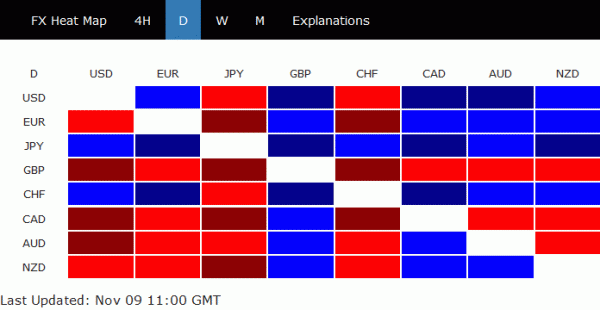
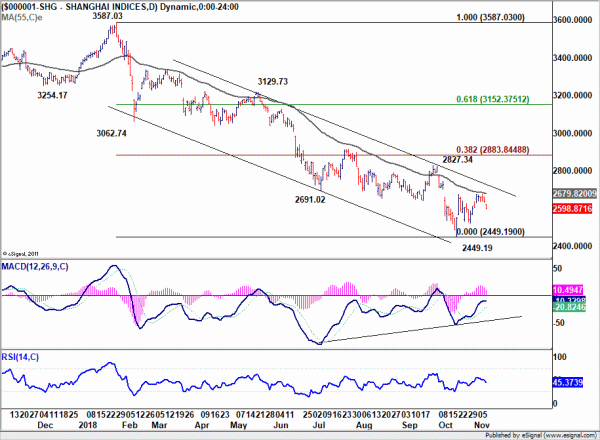

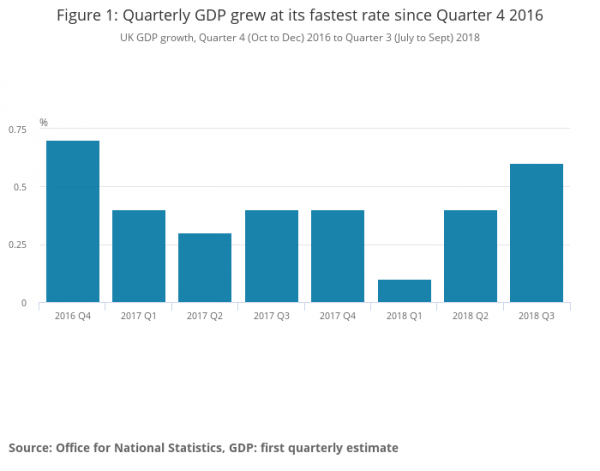
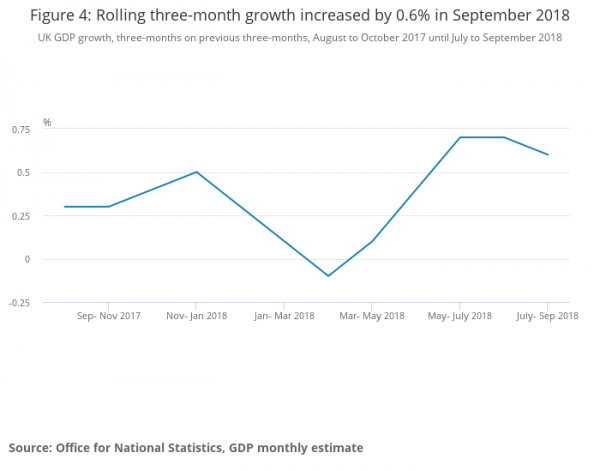
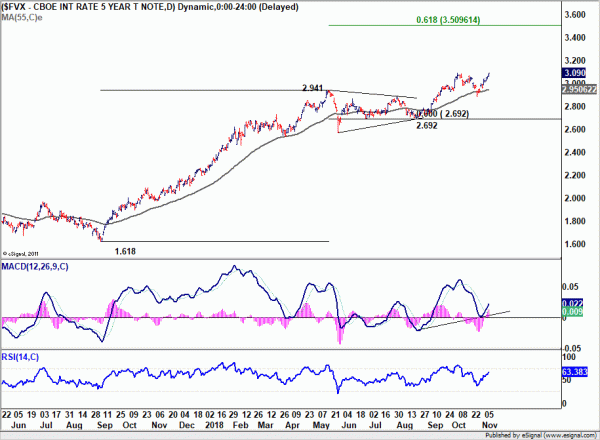
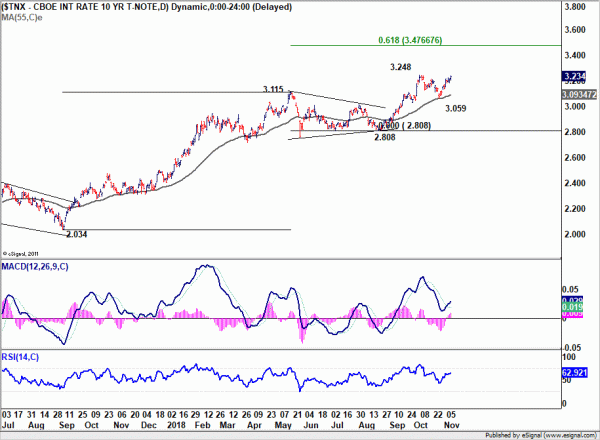
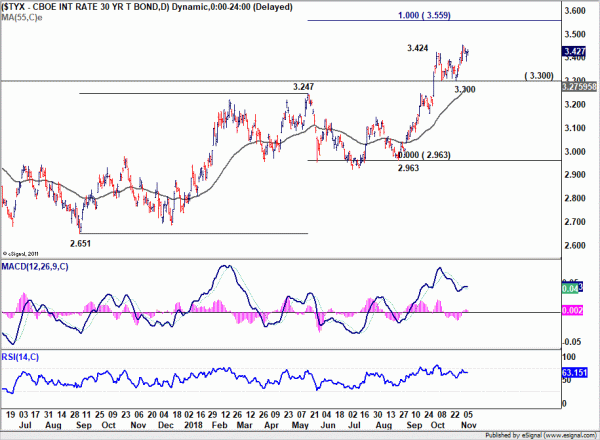
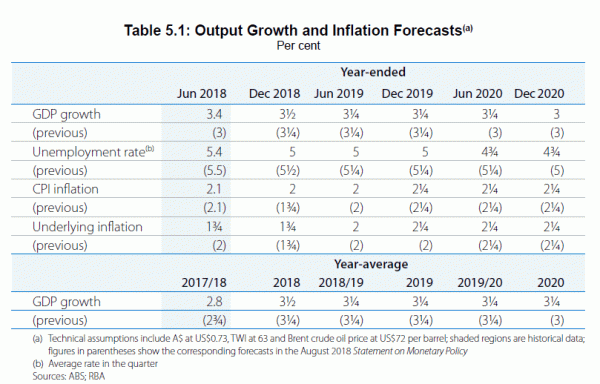
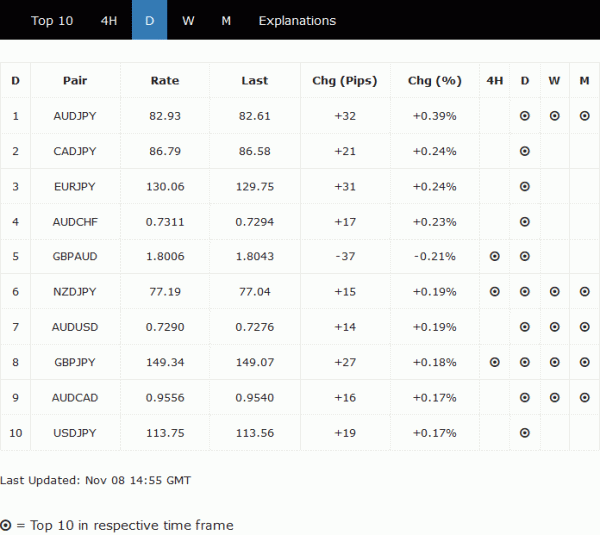
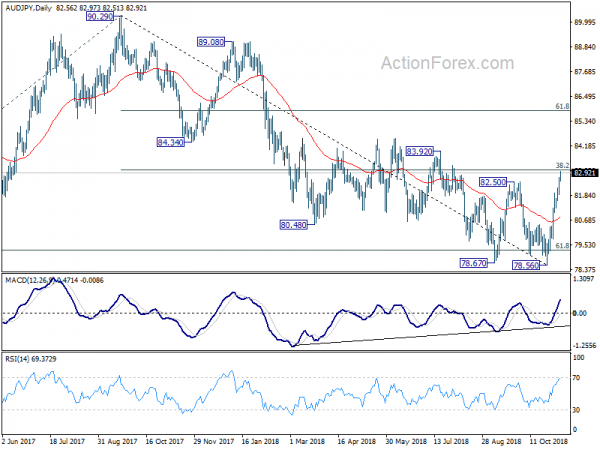
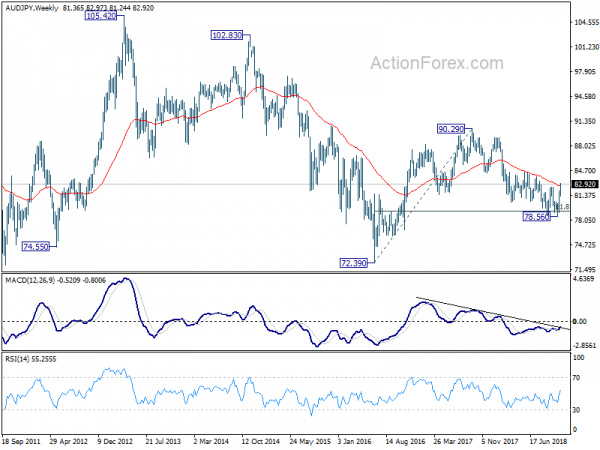
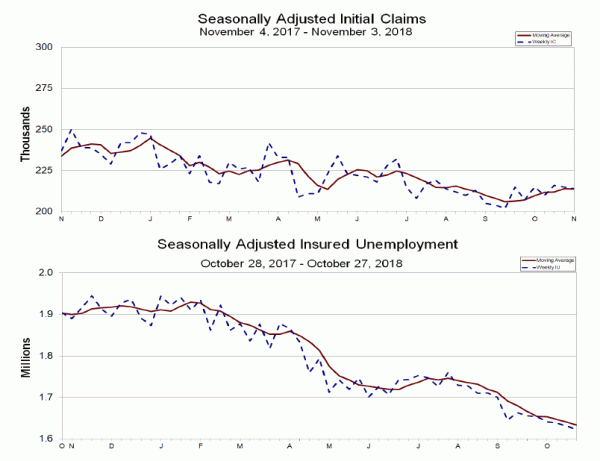
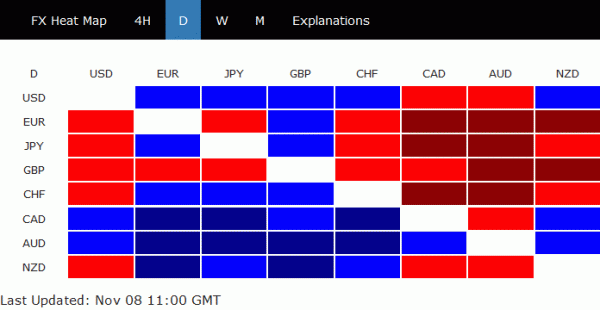
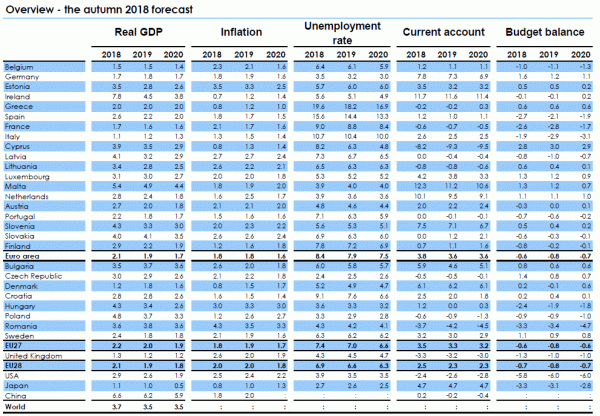

Sterling gaps down as UK PM May cancels emergency cabinet meeting on Brexit
Sterling gaps down the week and stays the weakest one as it’s getting more unlikely for a Brexit deal within November. There was originally a planned emergency cabinet meeting today to approve a Brexit deal. But UK Prime Minister Theresa May dropped the plan due to resistance within her own cabinet. And it’s unlikely for May to come up with something by Tuesday’s regular meeting to secure enough support.
Irish backstop remains the sticky point. But now, it’s over the right for UK to unilaterally exit the backstop. EU and Ireland have been explicit that UK cannot do that. On the other hand, it’s unacceptable for some Tories that UK would have to be locked into the customs arrangement of the backstop forever.
Additionally, May is facing more rebellion even within the remain camp of the Tories. It’s rumored that four more pro-Europe ministers are on the brink of resignation, following ex-transport minister Jo Johnson’s departure last week.